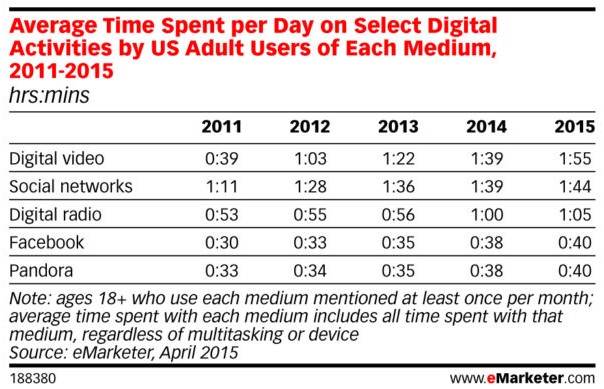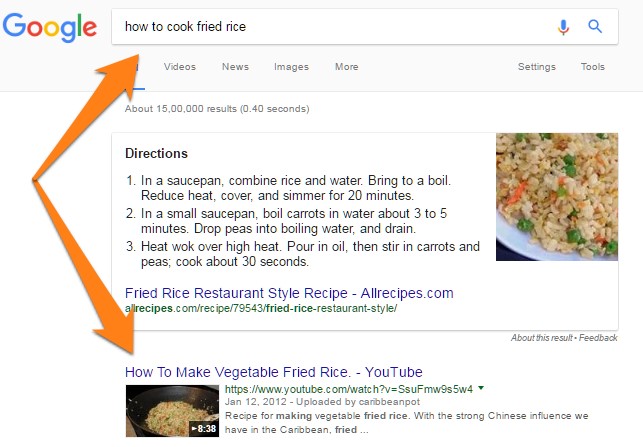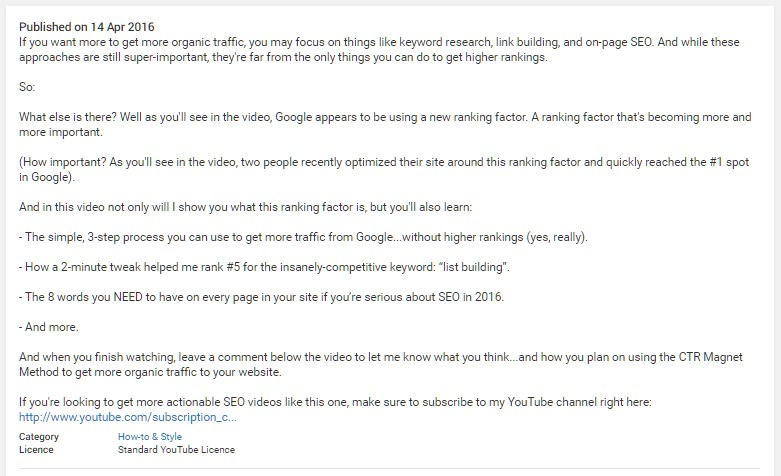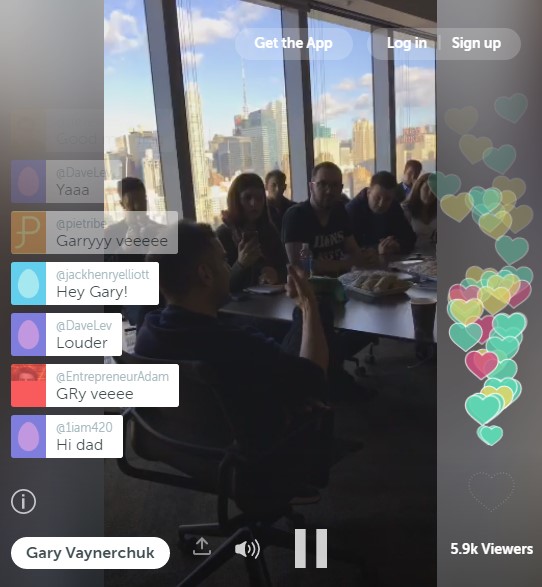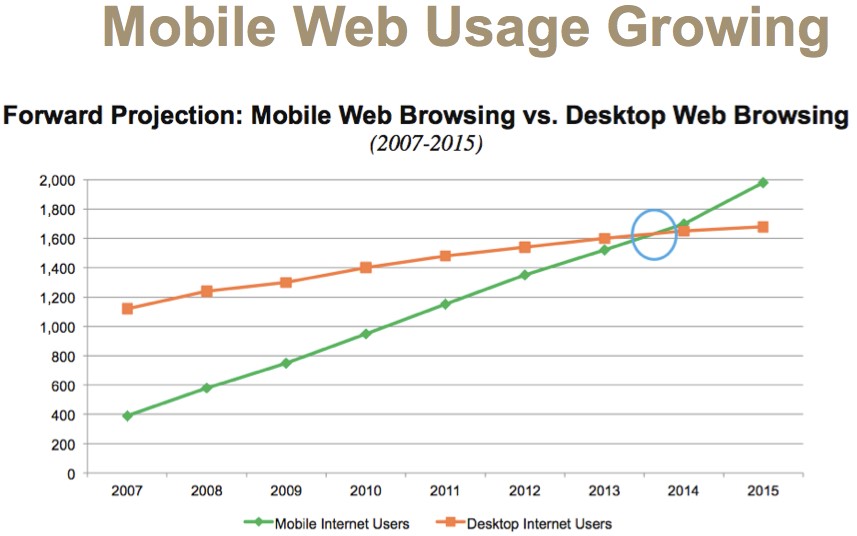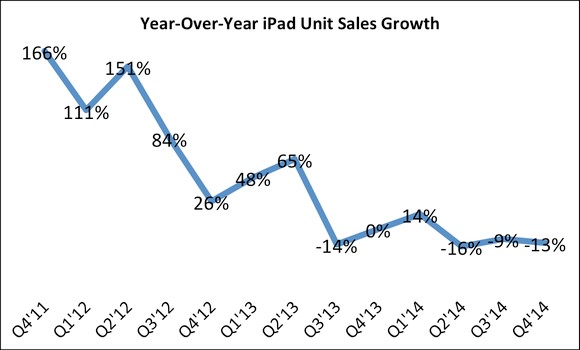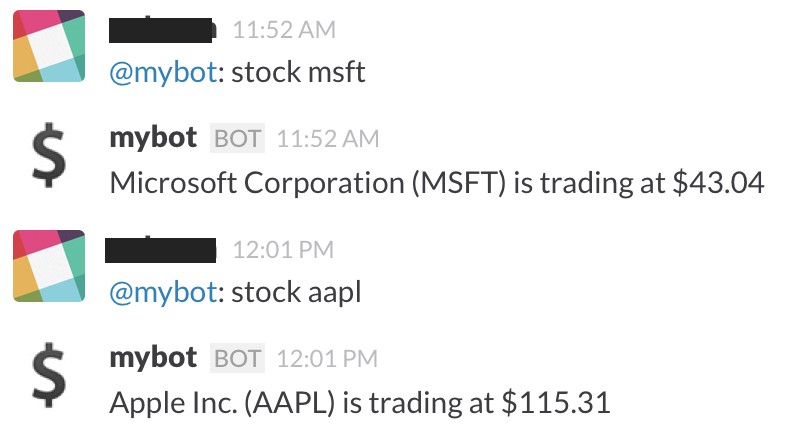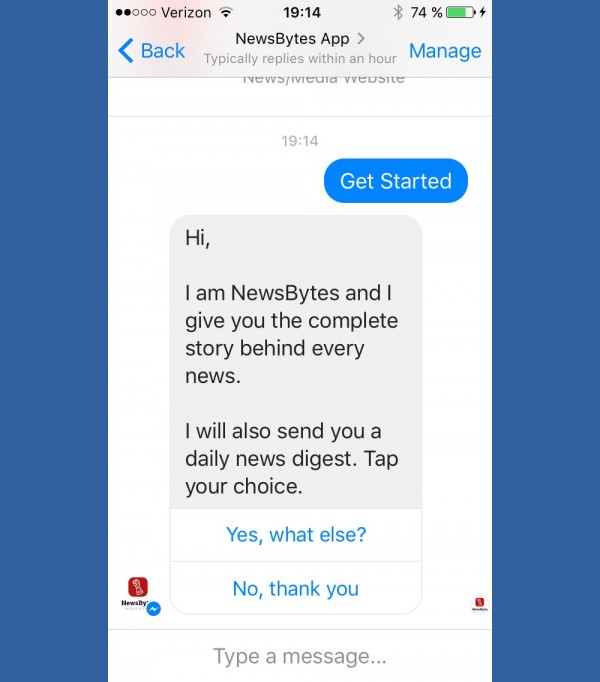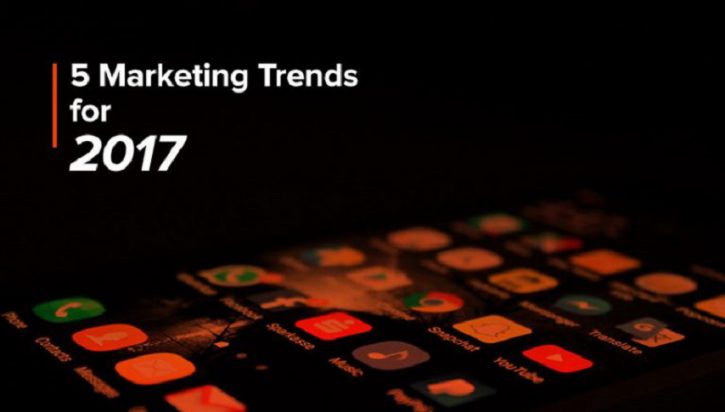
5 Trends That Will Define Marketing in 2017
With the new year in full swing, it’s time again to take stock of your marketing performance and plan for the year ahead.
Which marketing channels should you focus on in 2017? Which old trends should you discard to stay relevant? Which new trends should you adopt?
In this post, I’m going to share 5 trends that I believe will define marketing in 2017 for businesses in Australia (and beyond).
1. Video will continue to grow
Be honest: would you rather read a 5,000 words article or watch an engaging 10 minutes mini-documentary?
For most of you, it would be the latter.
The data backs this up: video continues to gobble up a majority of our time online.
The average daily digital video consumption has grown from just 39 minutes in 2011 to a whopping 115 minutes in 2015 (Source: eMarketer/Contently)
If you are a marketer, this is one trend you can safely rely on. Betting on video in 2017 is betting on video.
What is changing, however, is the kind of videos being produced.
Remember those “Powerpoint presentations as videos” trend from the early days of YouTube?
This is changing fast. Your viewers expect at least some production quality from your video content.
While you don’t have to invest in a full-blown studio, having a simple white/greenscreen and a decent camera will definitely help.
There are two more trends in videos I want to highlight:
A. Videos for SEO
Try searching for a “visual” keyword such as “how to draw” or “how to cook fried rice”.
More often than not, you’ll find a handful of videos at the top of the search results:
This isn’t accidental – Google favours videos in its search results, especially for keywords where “show” works better than “tell”. Videos even have a 41% higher CTR than plain text results.
At the same time, YouTube has also become an important search engine. Ranking videos on YouTube are also critical for success in 2017.
This is why you’ll find marketers writing lengthy, keyword-rich descriptions for their videos, like this:
B. Live video
Live video is set to explode in 2017.
Due to the close integration of live video in Facebook (Facebook Live), Twitter (Periscope.tv) and YouTube (YouTube Live), you already have the infrastructure and the audience in place to create and distribute live video.
The fact that live video offers an authentic, “raw” channel to interact with followers makes it particularly attractive for content creators.
For example, Gary Vee recently shared a live video of a Q&A session. It was a short video – under 10 minutes – that required no post-production and had 5.9k viewers with hundreds viewing at the same time.
So get your camera out, put on a director’s cap and start recording.
Related article: 10 Stats to Improve Your Video Marketing Strategy
2. Mobile will grow and cannibalise tablet share
As you may already know, more people access the internet from mobile than they do from desktops (Source: Complete).
Few years ago tablets were hot. A lot of people wanted to get their hands on one, but now it seems to be slowly dying.
Apple’s quarterly iPad sales have been dropping on an annualised basis in every single quarter since the beginning of 2014 (Source: Fool.com).
For marketers, this means that their target device priority looks like this:
- Mobile
- Desktops/laptops
- Tablets
Besides a shift in device usage, how people use mobiles is also changing. As Steve Brendish pointed out earlier, we are now evolving to a stage where apps are a “lifestyle choice” rather than simple solution/entertainment-oriented tools.
At the same time, we are also seeing a radical shift in the native vs. web app debate. While three years ago you could firmly declare that native apps is the way to go, improvements in technology mean that this isn’t the case anymore.
Thanks to HTML5 Canvas improvements and better mobile frameworks (such as React Native), mobile web apps now offer the same (or nearly the same) performance as native apps. They also benefit from the fact that you don’t have to build them separately for Android and iOS.
Expect more and more marketers to ditch their native apps for web versions in the near future.
3. Google’s search algorithm will continue to evolve
Recently Google announced a major update to their Penguin algorithm (Penguin 4.0) which will be the last release of this type.
The last penguin update happened in October 2014. Any sites that were hit back then had to wait a long time to get back in the SERPs.
With the new update, those long delays are gone because Penguin is now real-time.
As Google put it, “With this change, Penguin’s data is refreshed in real time, so changes will be visible much faster, typically taking effect shortly after we recrawl and reindex a page.”
At the same time, Penguin is also going to become a part of the core Google ranking algorithm.
This follows on the heels of another major Google update: RankBrain.
RankBrain is a machine-learning artificial intelligence system that parses complex queries and converts them into simpler search terms.
This is how it works: if you search for “best place to have pizza in New York”, it will parse the query as “best New York pizza”.
Up until a few months ago, Google was using RankBrain for less than 15% of queries. Now Google says they have increased it enough so that it is used all the time.
When you optimise for RankBrain, you essentially optimise for people not for search engines. Which is to say, your focus should be on answering actual user queries, not sticking to Google’s norms.
All this continuing evolution of Google’s algorithms are essentially designed to deal with two trends:
- Voice searches: According to Google, 20% of all mobile searches are voice searches. Voice searches are, by design, more conversational and less keyword focused. Google’s RankBrain algorithm helps turn complex queries into something simpler. See more on this below.
- Increasing sophistication of SEOs: As Google evolves, so do SEOs. The incorporation of Penguin into the core Google algorithm is a sign that Google will not be out-manoeuvred by SEOs.
Expect more such algorithm changes in 2017, especially those dealing with mobile searches.
4. Chatbots will help you perform simple tasks
Just like emails changed the way we communicate, chatbots promise to change the way we transact.
Chatbots are basically simple bots (or “conversational agents”) designed to mimic human conversations.
You can activate them by using some specific codewords, like this:
That’s at the lower end of the spectrum. At the higher end, you can turn them into complete commerce tools, such as this Facebook chatbot from Adoro:
You can also turn them into content delivery tools, such as this news bot:
Or help users discover your content, like this health app:
The rise of chatbots underscores another trend: the ubiquity of messaging apps.
Consider that Facebook Messenger has more than a billion users or that Whatsapp is topping 700M users and you can see the appeal of chatbots.
They plug right into these messaging apps, are “always on” in the background, and help outsource simple tasks.
As AI improves, expect chatbots to catch on even more.
5. Voice will emerge as a critical user interface
If you’ve been following updates from CES 2017, you already know that voice is about to make a big impact as a user interface.
LG put Amazon’s Alexa in its fridge and smart home robot. Omaker made an Alexa compatible speaker while Whirlpool made a bunch of Alexa integrations for its appliances.
Little wonder that Alexa sold out on Amazon over the holidays while Amazon Echo saw 9x higher sales.
Recall the stat from above: roughly 20% of Google queries on mobile are voice searches. Overall, voice searches are up 7x from 2010 on Google (Source: SearchEngineWatch).
All of this points to a radical shift in the way we use computers. Voice is one of the most natural interfaces to perform an activity. As voice recognition improves (Microsoft’s voice recognition tech is now “just as accurate as humans”), more and more people will turn to voice-based computing.
This will change the way you design and market your products. Voice computing depends on short, crisp answers, not lengthy essays and meandering statements. When paired with artificial intelligence, you might very well have something close to Samantha from Her.
This change might still be a couple of years away but if you want to thrive in the post-screen era, you’ll have to start retooling immediately.
Over to you
2017 promises a lot of changes in your customers to interact with your brand. From pure text-only content, you’ll see more and more brands shift to video content. And from native mobile apps, you might see a move towards web apps.
Brands will also start investing in chatbots to reach hundreds of millions of messaging app users. At the same time, SEOs will have to stay on their toes to rank on increasingly complex ranking algorithms. They’ll have to create content that appeals to real people asking real questions over search engine algorithms.
Altogether, a lot of exciting changes ahead!
You read a lot. We like that
Want to take your online business to the next level? Get the tips and insights that matter.
